Hi friends of Pinmapple.
Have you ever been curious to know the history of a country? If so, let me tell you about my experience at the Presidential Palace (today Museum of the Revolution) in Havana, Cuba.
My journey began with great curiosity and expectation. It turns out that the old Presidential Palace, the seat of the Cuban Government between 1920 and 1974, is now known as The Museum of the Revolution. I knew that this historic place, was built between 1909 and 1920 and that the project was carried out by the architects Rodolfo Maruri (Cuban) and Paul Belau (Belgian). The building, projected from the canons of Eclecticism, consumed a budget that exceeded one and a half million pesos for its completion. From its construction until 1959, the building was the residence of the Cuban president. Later, the Palace became the seat of the Cuban government.
The objective of the construction of the Presidential Palace
The old Presidential Palace was built with the aim of being the residence of the Cuban president. It was designed to be a majestic building that would reflect the importance of the office of president and the wealth and power of Cuba as a nation.
My first impression
Upon arrival, I was impressed by the majesty of the architecture, with its grand facade and impressive columns. The entrance of the museum was full of visitors, both local and foreign, all eager to learn about the history and culture of the country.
The impressive architecture of the former Presidential Palace
The former Presidential Palace is an impressive building that stands out for its beautiful architecture.
The building's facade is particularly impressive, with a large central portico supported by six massive columns. The portico is flanked by two smaller wings, each with its own portico and columns. The building's facade is one of the largest and most majestic in all of Cuba, and is a testament to the vision and skill of its architect.

The interior of the building is equally impressive and consists of four floors and a dome.
The ground floor
On the ground floor are the four entrances that give access to the interior, the most beautiful being the gala call that was used for the great palatine receptions and the presentation of credentials. It leads to the great hall of honor from where the main staircase covered with white Carrara marble in its balusters, skirting boards and handrails starts and which forks before meeting the Hall of Mirrors.

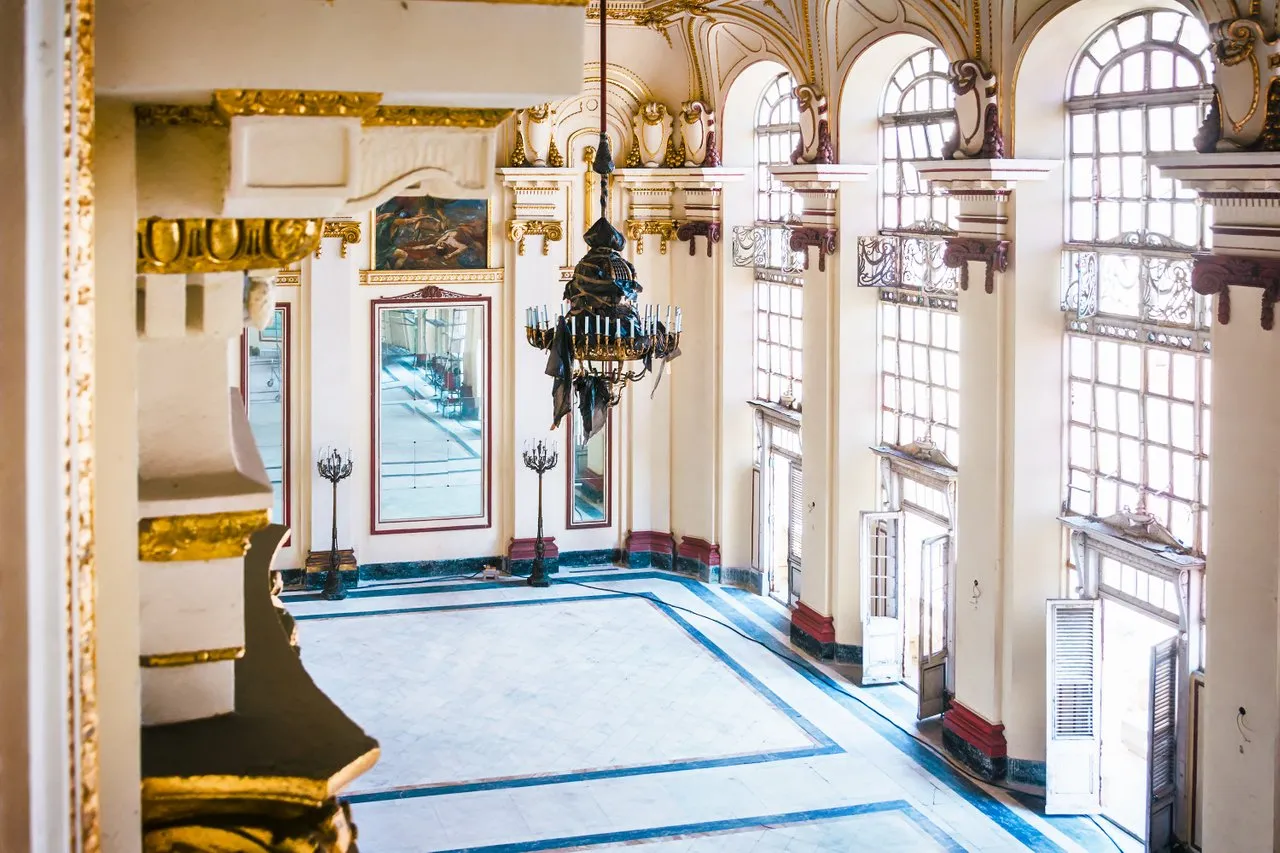
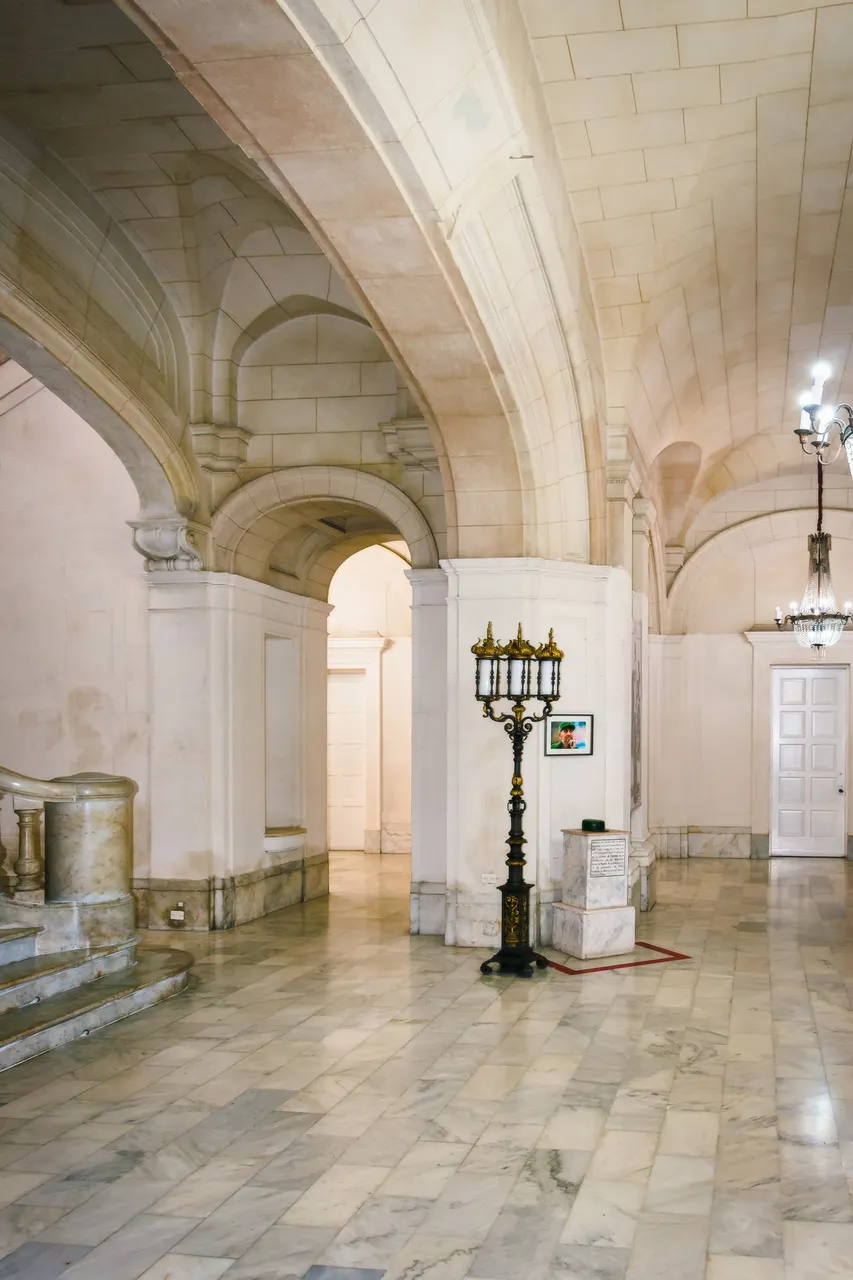
Next in importance was the special entrance for the Executive and Cabinet Members, which was reached by car up to the same official elevator.
There was a third general entrance for the public with audiences granted, which was also used by congressmen and employees of the Palace and in which there was a fixed military guard and finally an entrance dedicated to accredited journalists to do daily chronicles of the Palace.
Inside the building, this floor presents the central patio and the offices where the paymaster of the Palace, Information and Publicity and the Private Secretary of the President were located; in addition to the Journalists' Room, military units, medical and dental offices, barbershop, warehouses, stairs and elevators that allow you to reach the other floors.
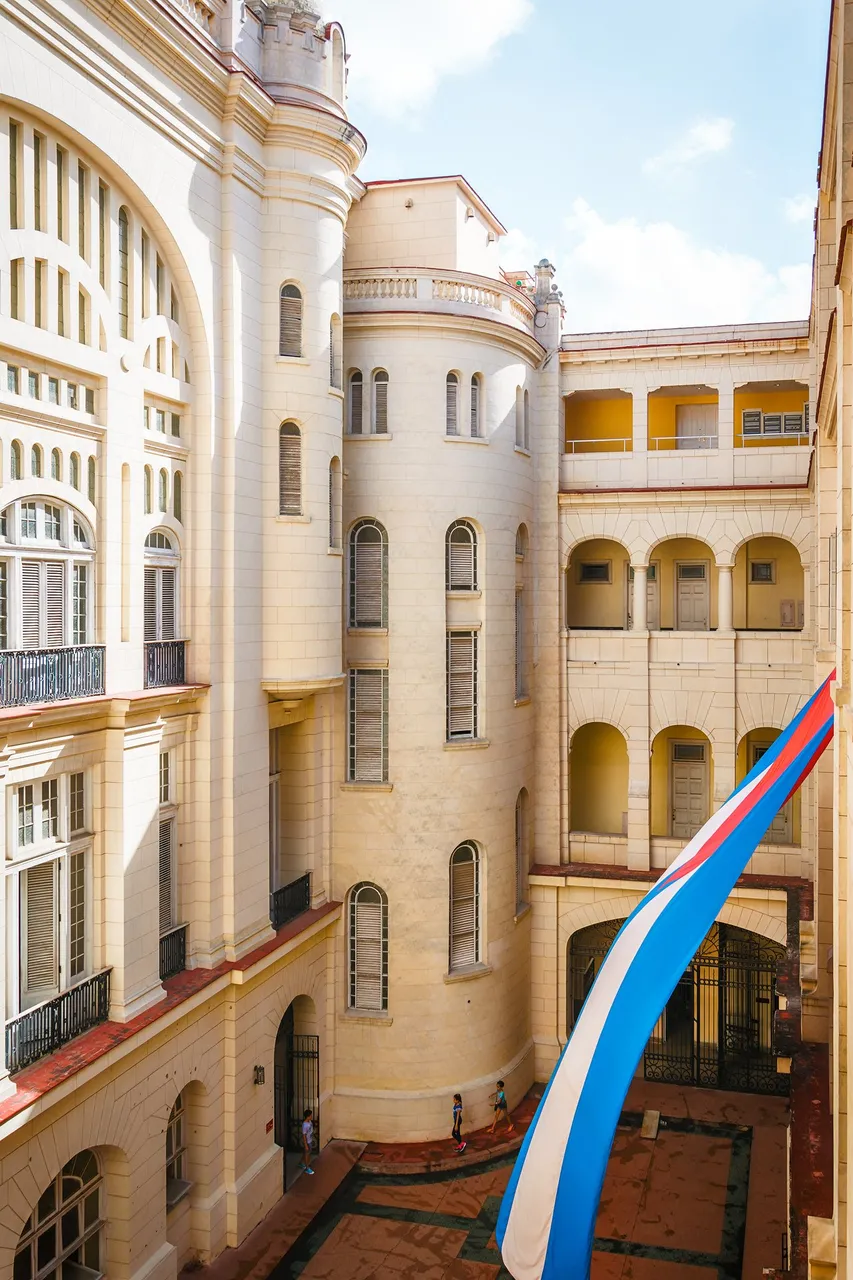
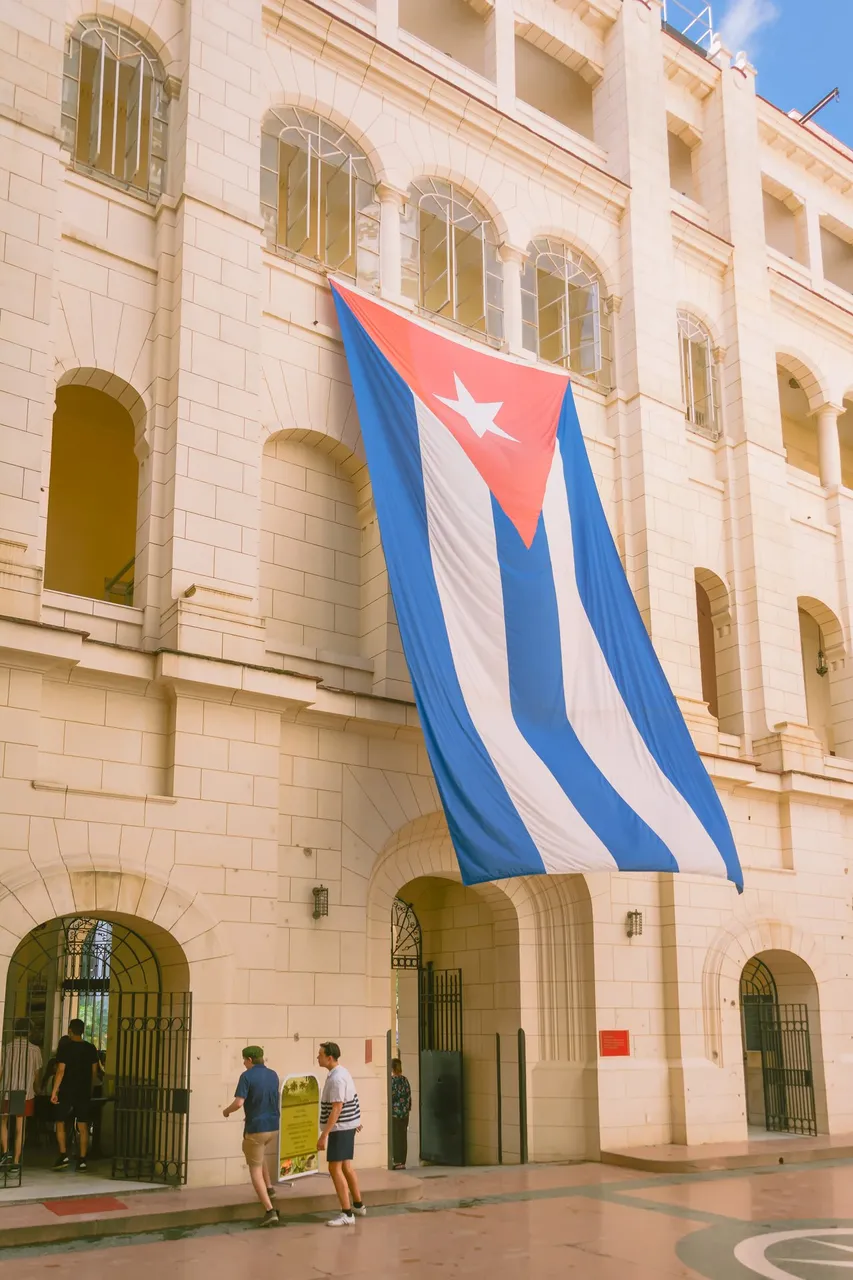
Above the main staircase of the building there is a stained glass window that is one of the most outstanding elements of the architectural design of the museum and is the work of the Cuban artist Rodríguez Morey.
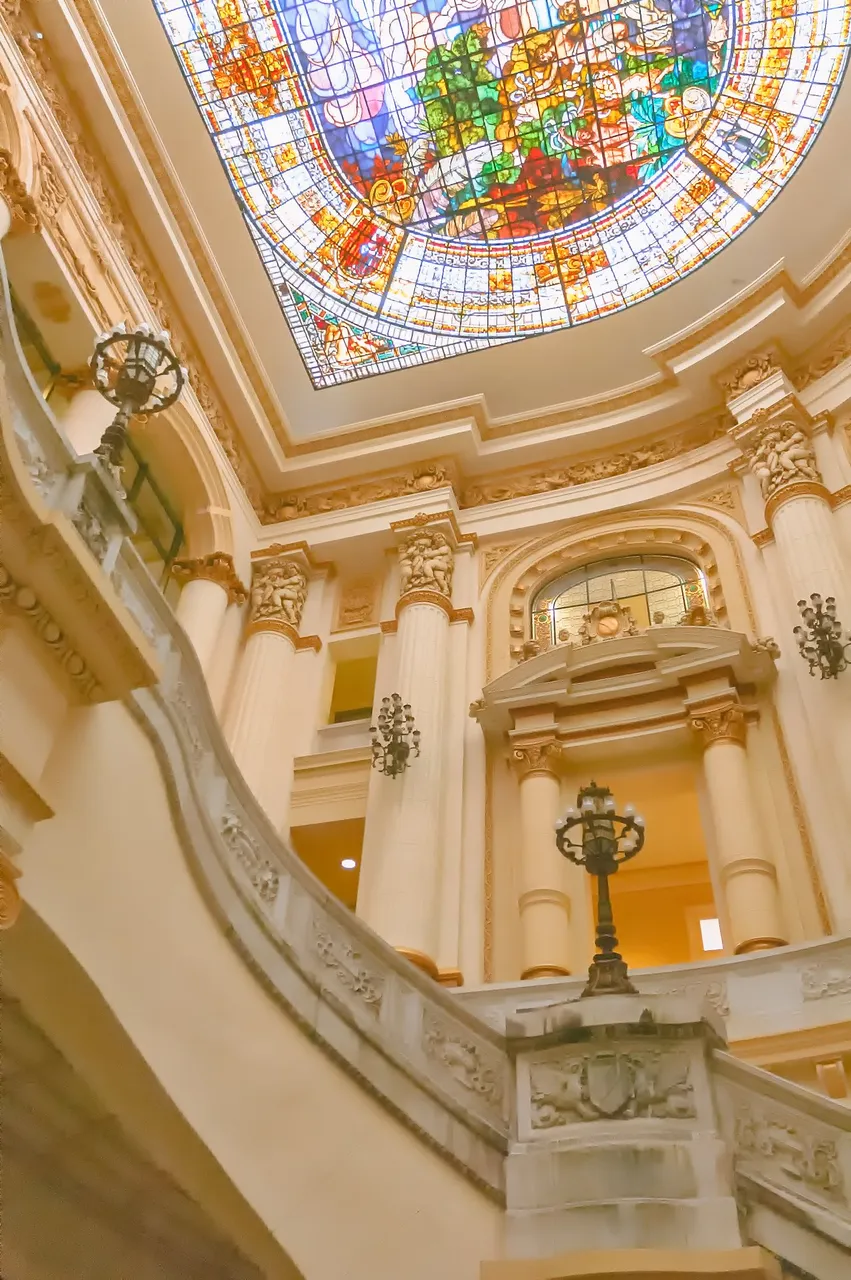
The stained glass window is composed of several pieces of glass with bright colors
The stained glass window above the staircase is one of the most iconic images of the Presidential Palace and is widely photographed by visitors who come to the museum.
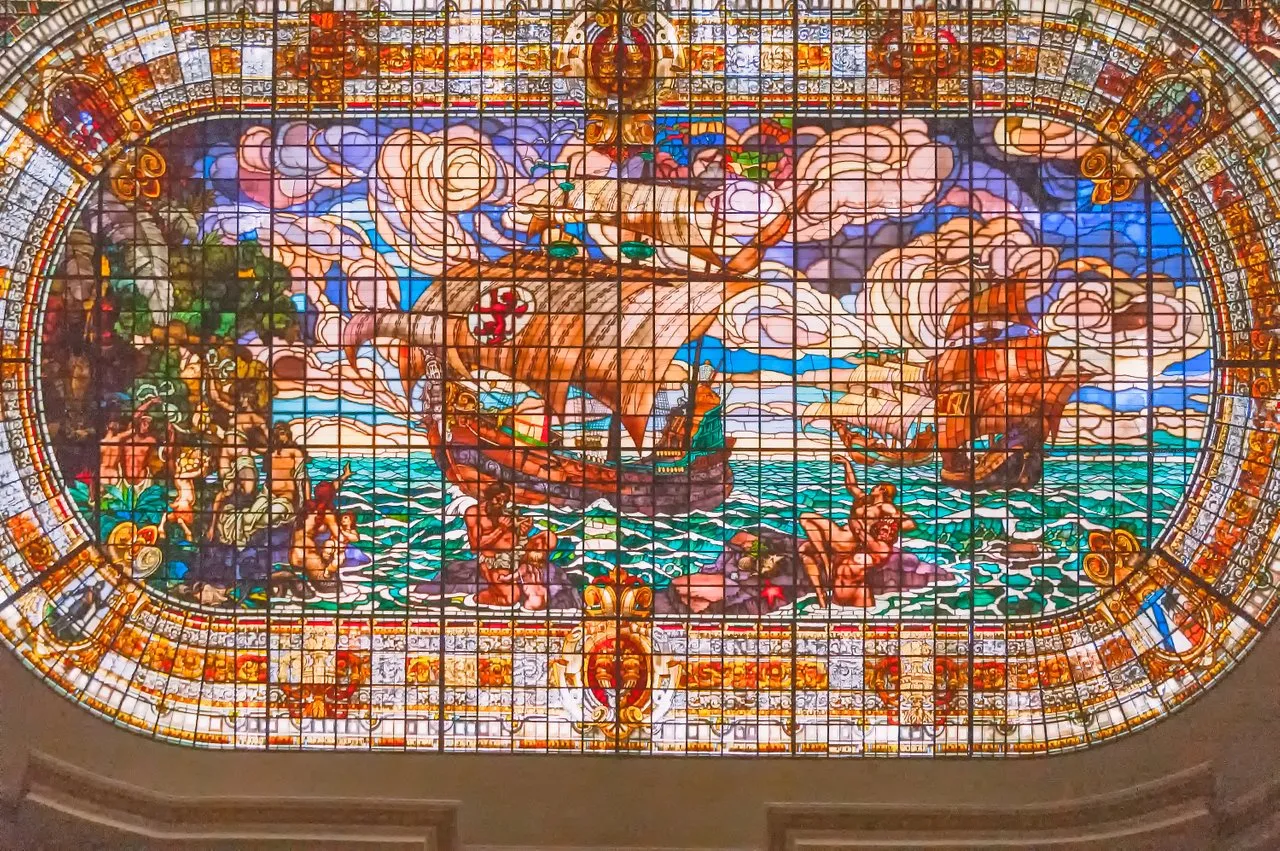
The second floor
On the second floor it can be said that the President of the Republic resided. In it was his official office that communicated with the Hall of the Council of Ministers and the Hall of Mirrors.
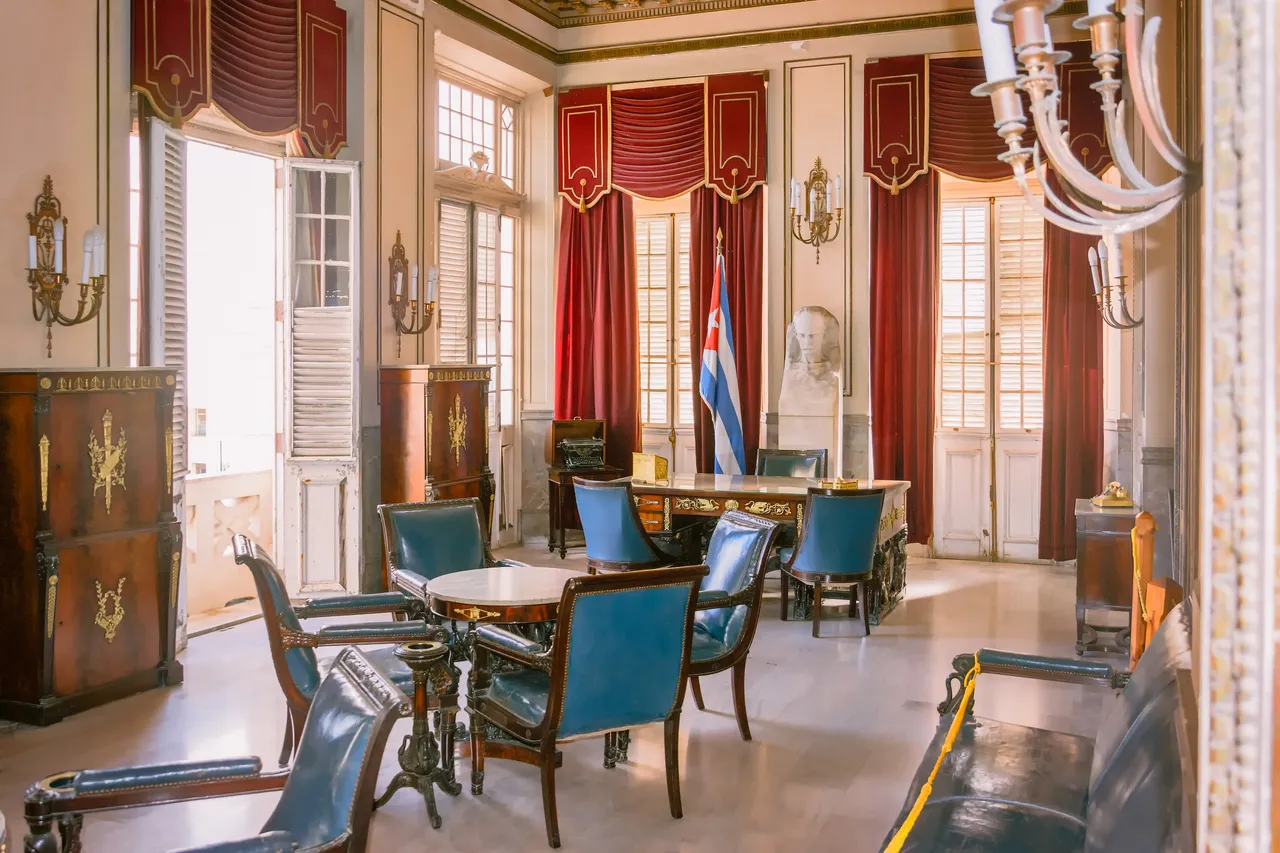
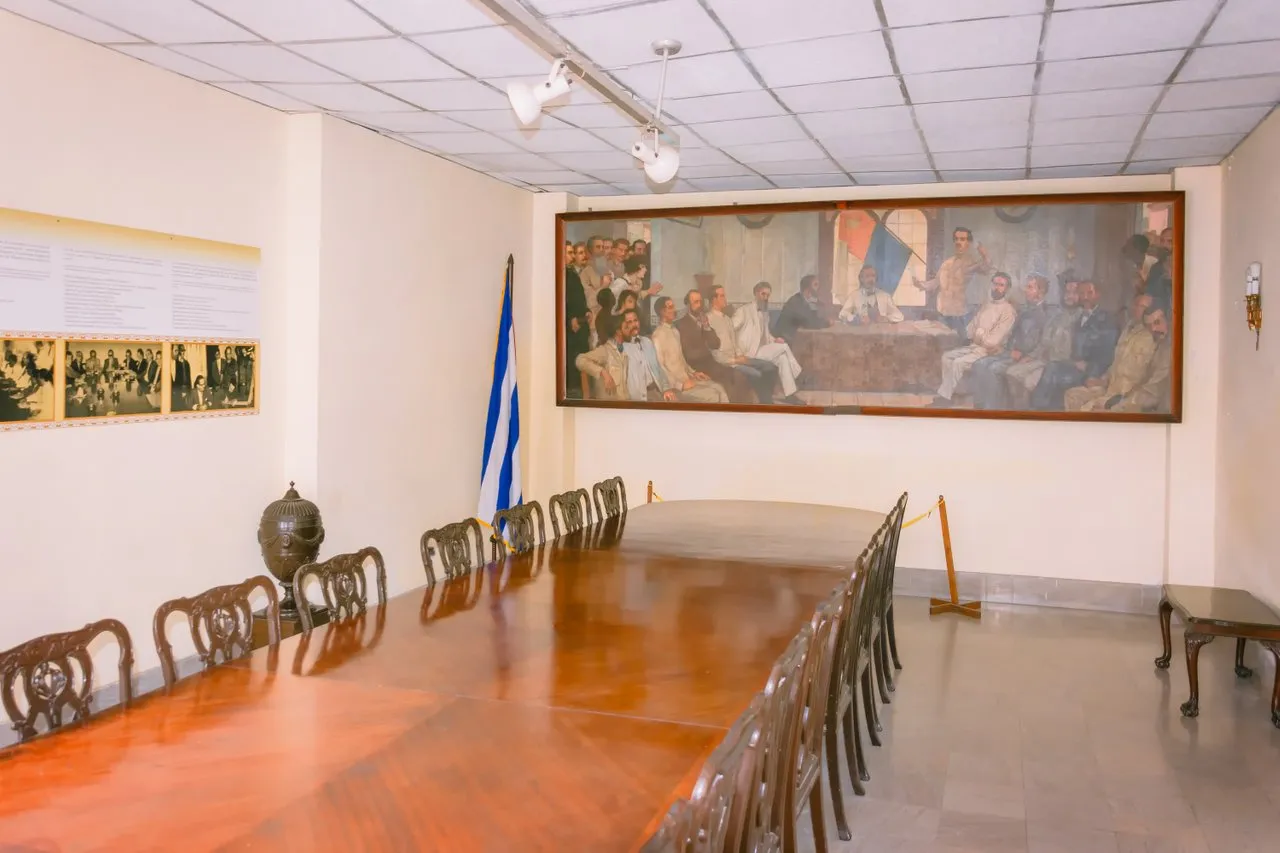
This Hall receives this name because it has large-sized bezel moons as outstanding decoration and also works of fine wood filleted with high-carat gold, its furniture was all in the Louis XV style, and was used by Cuban presidents to receive dignitaries and important guests. Today, the Hall of Mirrors is one of the museum's most popular exhibits, and it's easy to understand why. The room is simply stunning, with its mirrors reflecting the light from the crystal chandeliers that hang from the ceiling.
Also on this floor were the Ambassadors' Rooms, also Louis XV style, and the Diplomats' Room in general, the Audience Room, the great Gala Dining Room, the Palace Chapel and the special Telegraph Office. Very important was the great North Terrace, an obligatory place from where the Executive always witnessed the parades and other ceremonies that took place in front of the Presidential Mansion.
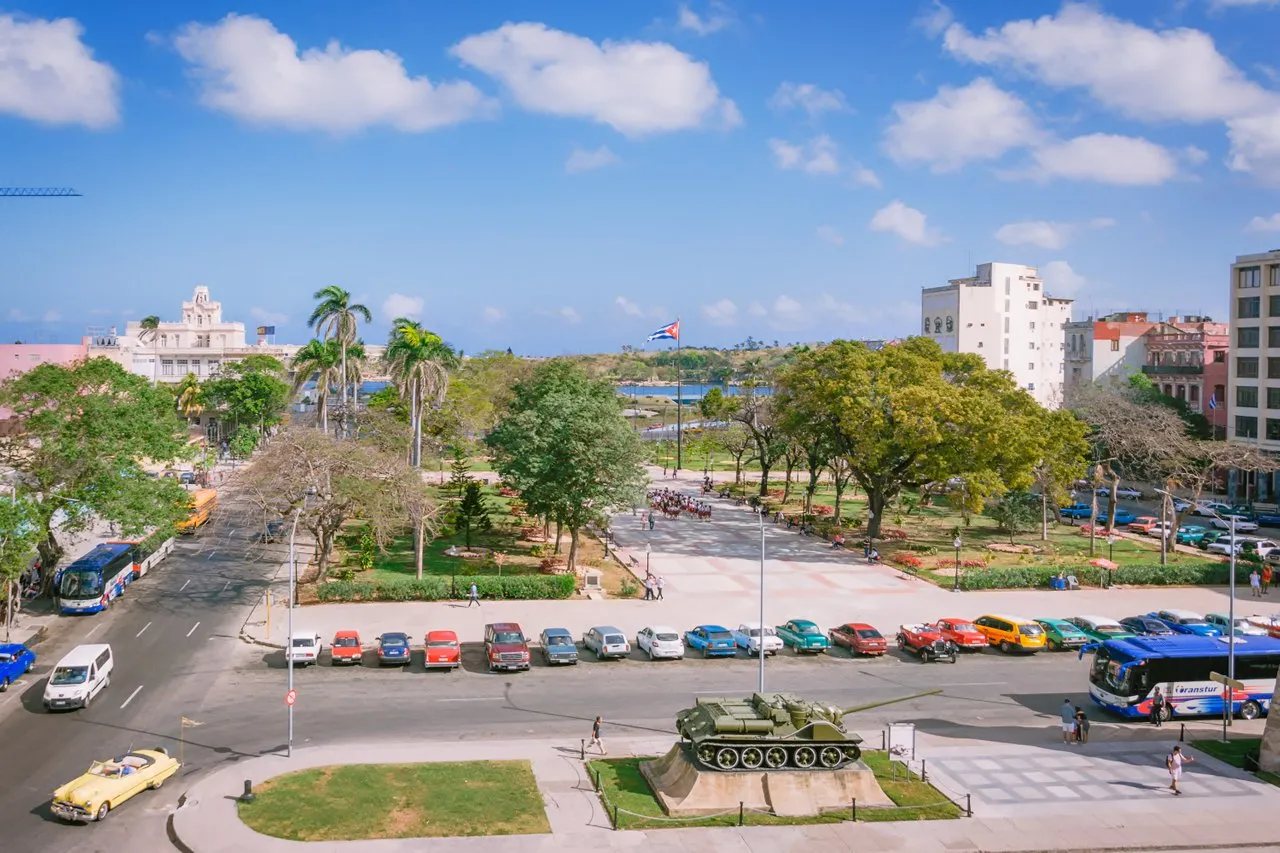
Currently, on the second floor there is another interesting area of the museum, which is the Gallery of the Creators. The gallery is filled with artwork, photography, and other artifacts that celebrate the creativity and culture of Cuba.
The third floor
The third floor was dedicated to the private rooms of the President of the Republic and his family.
Currently, as on the third floor, a varied selection of exhibitions related to the history of Cuba from 1959 to the present is presented here.
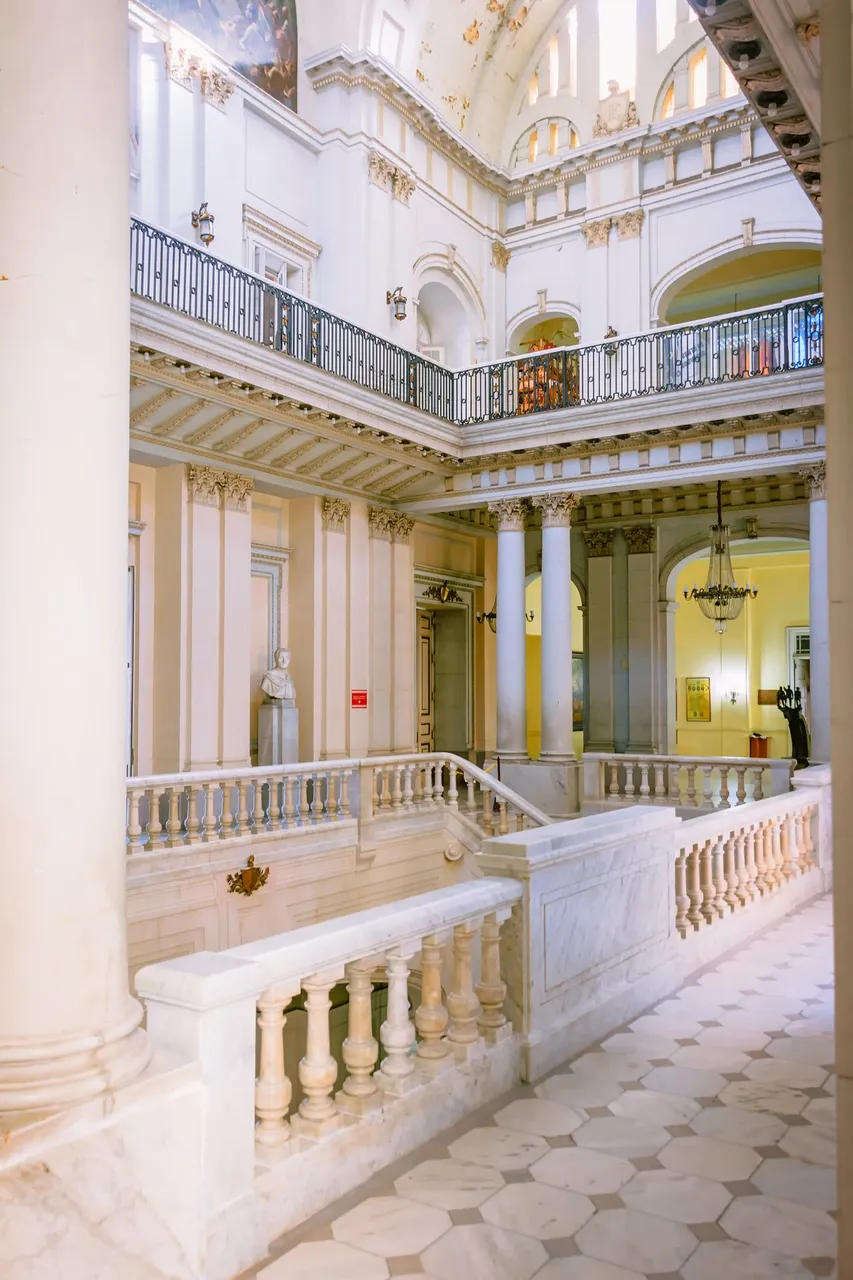
The fourth floor
The fourth floor, which was not in the original design, was added as the headquarters of the garrison when it was decided that the building would be the headquarters of the Executive. The president's field assistants, their offices and rooms were located there, as well as the dining rooms for the junior staff of the Palace and the radiotelegraphic station.
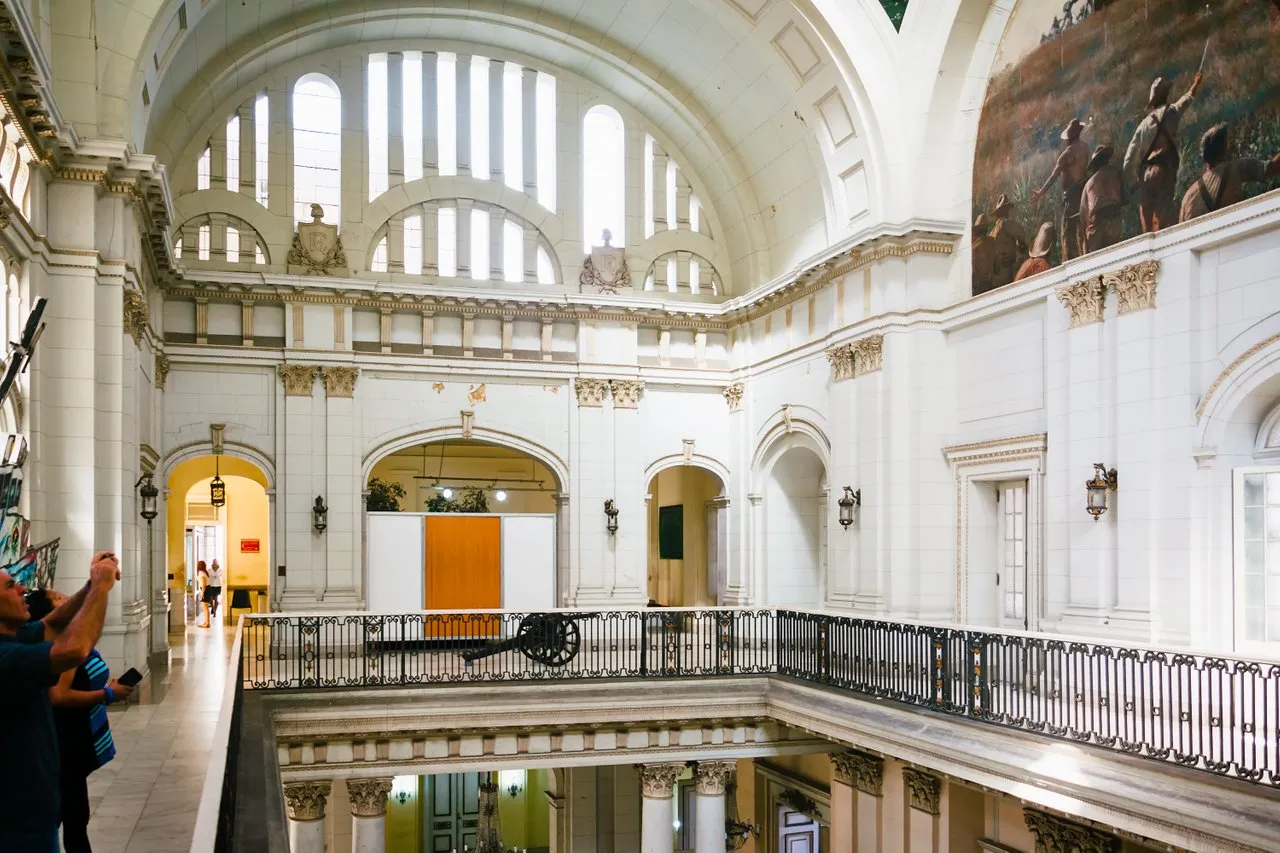

The dome
From the fourth floor starts the monumental dome with a steel structure covered on the inside with cement concrete and on the outside with glazed ceramic pieces, standing out inside that overlooks the Hall of Mirrors the beautiful allegory of the Cuban Flag, which matches the pictorial decoration of the aforementioned Reception Hall.
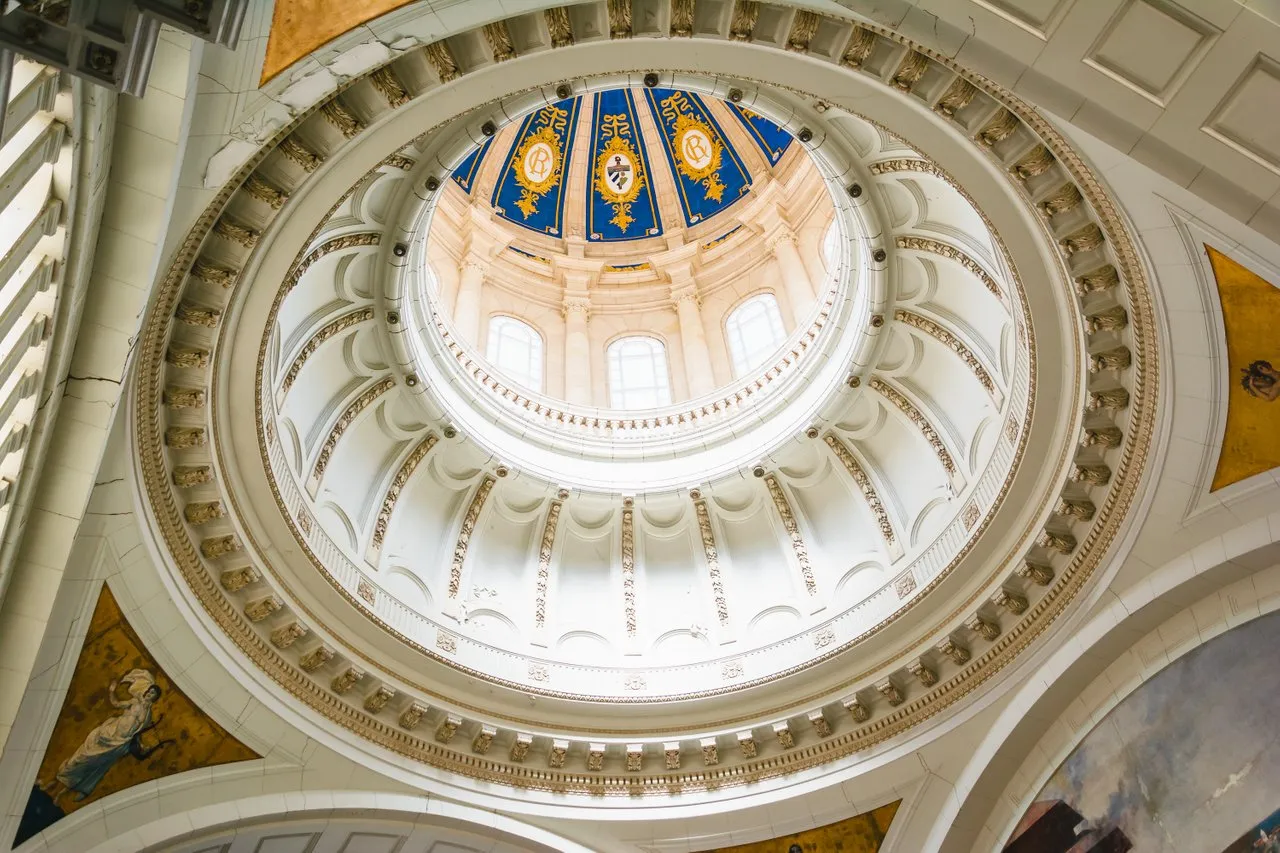
The dome, covered on the outside, was not included in the genesis project, it was, at the time, one of the highest in the city. The palace was decorated with paintings and sculptures by Cuban artists such as Armando García Menocal, Antonio Rodríguez Morey, Leopoldo Romañach, Esteban Valderrama, Juan Emilio Hernández Giró, Teodoro Ramos, Fernando Boada, Jilma Madera and Esteban Betancourt.
In addition to its permanent exhibits, the museum also hosts regularly changing temporary exhibits. During my visit, I was able to see an exhibition on photography, which was very interesting and informative.
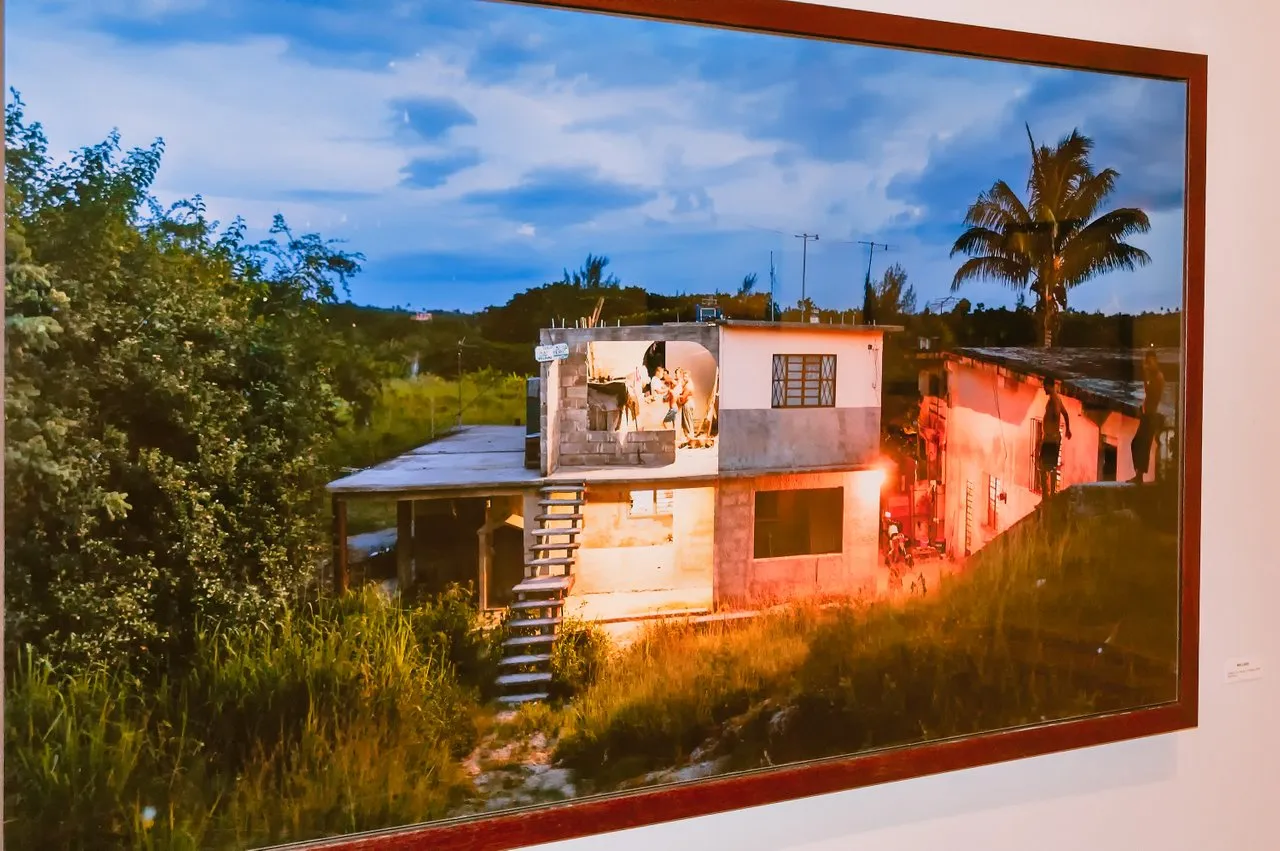
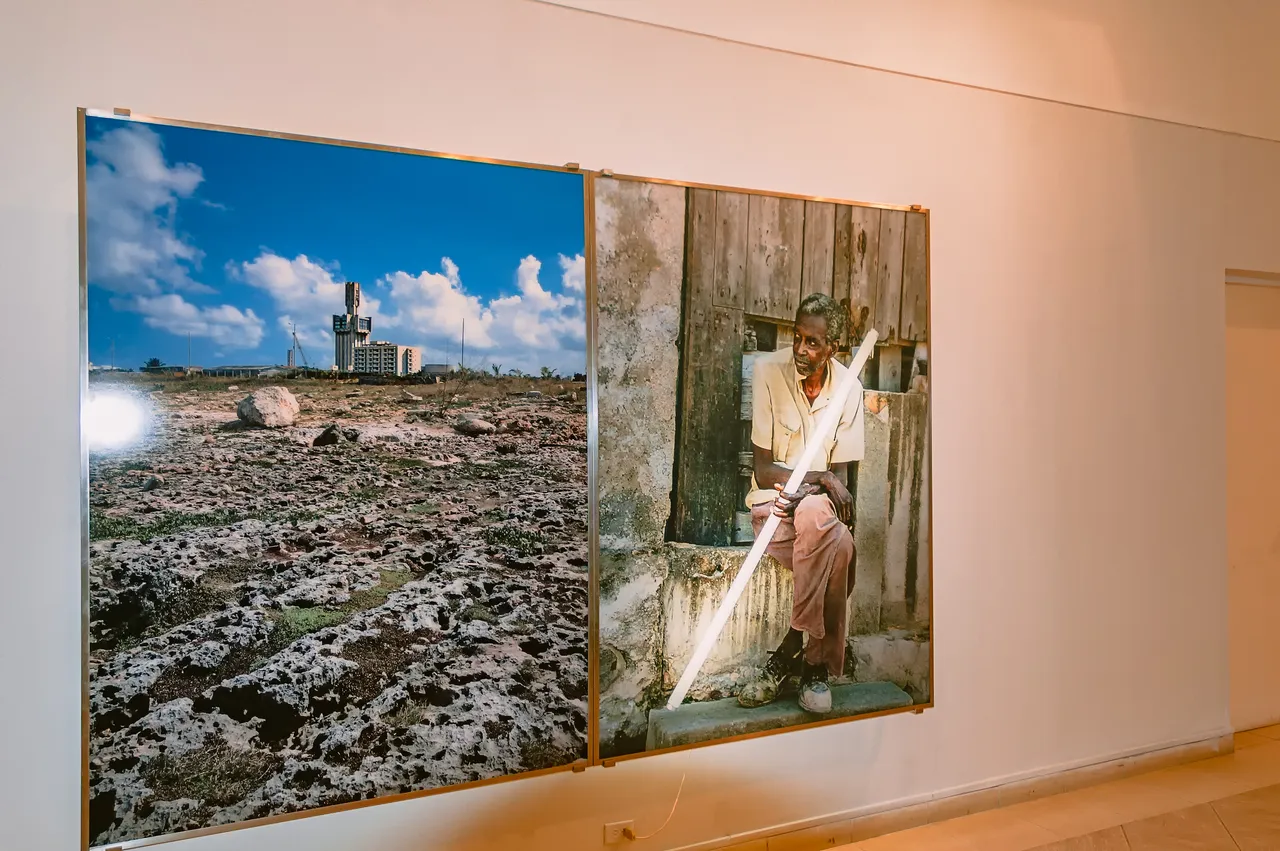
My Personal Experience
As I walked through the halls of the Palacio Presidencial, I couldn't help but feel a sense of wonder and amazement. The grandeur and beauty of the building were simply breathtaking, and I felt privileged to be able to explore such an iconic location. I took my time, admiring the intricate details of the façade, the stunning artwork and furnishings, and the sweeping views of the city from the terrace. It was truly an unforgettable experience.
Tips for Visiting the Palacio Presidencial
If you're planning a trip to Cuba, I highly recommend adding the Palacio Presidencial to your itinerary. Here are a few tips to help you make the most of your visit:
- Plan ahead: The Palacio Presidencial is a popular tourist attraction, so it's a good idea to book your tour in advance to avoid long lines and wait times.
- Dress appropriately: The palace is a formal setting, so it's important to dress appropriately. Avoid shorts, flip-flops, and other casual clothing.
- Bring a camera: The Palacio Presidencial is a photographer's dream, so make sure to bring your camera and capture the beauty and grandeur of the building.
- Take your time: Don't rush through the palace. Take your time and explore each area, admiring the intricate details and learning about the history and significance of the building.
Final Thoughts
Visiting the Palacio Presidencial was truly an unforgettable experience. The museum offers a unique perspective on the history of Cuba, from the time of colonization to the present day. I highly recommend you visit the Museum of the Revolution. It is an experience you will not easily forget.
Do you like this story? Please, leave me your comment or suggestion. Thanks!
| Photographer | @r4f4 |
|---|---|
 | Follow me: https://vero.co/rferrod All photos are my property, and the references related to historical dates were taken from public sources such as Ecured and Wikipedia. |
I hope you enjoyed the post.